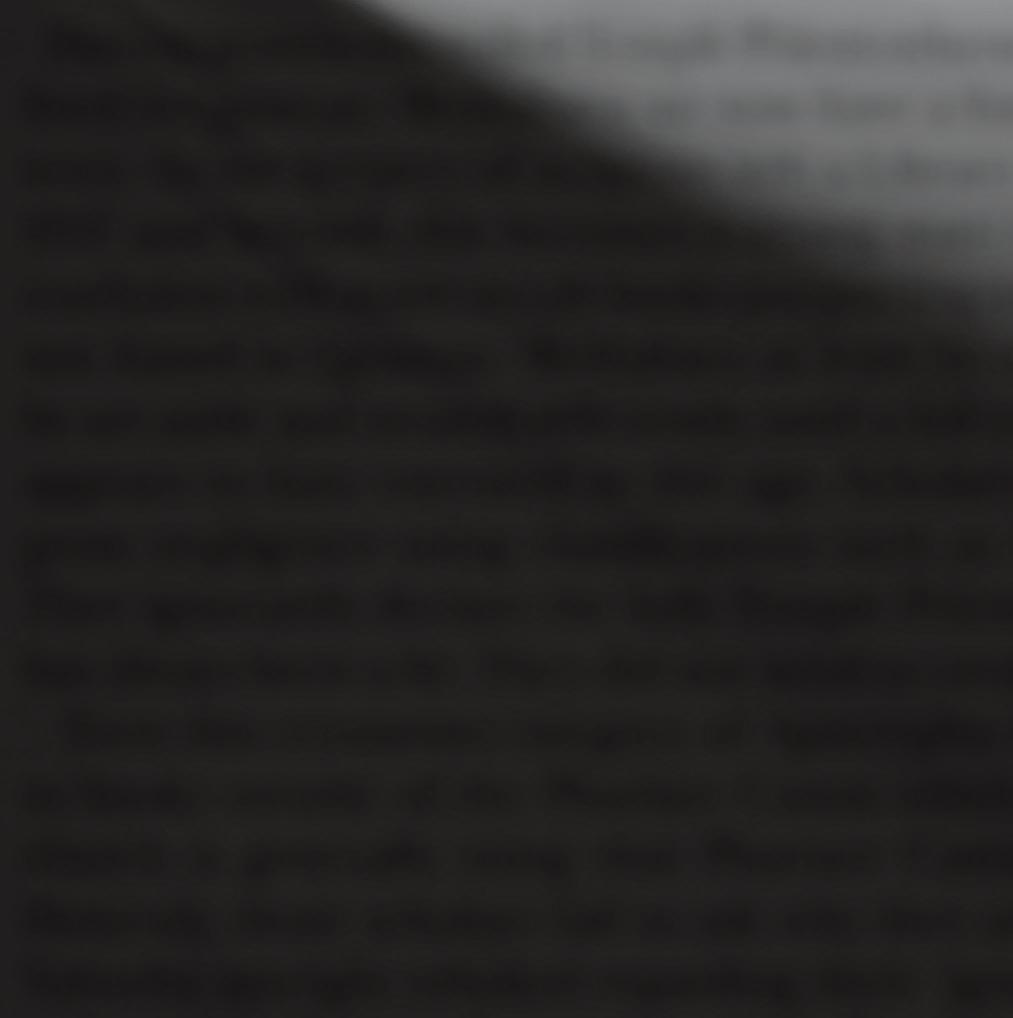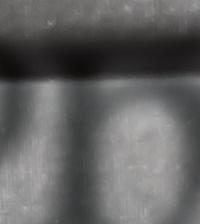
2 minute read
APOCRYPHA











And Those Not Present
See also, 2nd Esdras: The Hidden Book of Prophecy, ee in eBook at 2Esdras.org.
Having proven the exiled Temple Priests who were ordained to keep Bible Canon lived in Qumran/Bethabara, we now have a foundation by which to test ancient texts. As the keepers of scripture left a Library of Bible Canon behind found in 1947 and beyond, this becomes a strong start for a first testing. There is much confusion with many occult books purporting to be inspired scripture. If they are not found in Qumran/Bethabara at least by concrete association, they should be set aside and treated differently until a full test is conducted which no scholar appears to have executed in this age. Scholars continue to treat this find with gross negligence using classifications such as Apocrypha and Pseudepigrapha. They ignorantly declare the holy Temple Priests kept fraudulent writings which has always been a lie. They did not need to create new stories to scare people. Even this erroneous category of Apocrypha is mixed. The term merely refers to books outside of the Pharisee Canon which is meaningless and exposes the church is generally using that Pharisee Canon for the Old Testament today. However, those scholars fail to ask why they are following the Pharisees whom Yahusha outright rebuked regarding their ignorance of scripture. Their leaven and oral traditions (Talmud) transform Torah into anti-Torah (Mark 7:9). How do we determine which is inspired and which is not? Though each requires a more extensive Torah Test we will execute for each next, the first criteria we can apply to root out truly false books is whether the text is found at least in fragments or quoted in content in the the Levite Library of Qumran/Bethabara. That is where the only scripturally-ordained Bible Canon was kept to the First Century. We will complete this testing for the remaining books in Volume 2 next.

BOOK: QUMRAN TEXT FOUND:
FOUND IN QUMRAN:
1
1st Esdras
(Proto-1stEsdrasa-f)



2nd Esdras (Used In Interpretation)
Wisdom of Sirach (Ecclesiasticus)
Wisdom of Solomon (Used In Interpretation)
Book of Tobit
100 B.C.: 4Q550 (4QProto-Esthera-f). Cave 4. Aramaic. Are All 1st Esdras NOT Esther, [Vermes, pp. 619-20] [22][88]
100 B.C.: 1QpHab, Cave 1 [Vermes, pp. 510-11] ;
100 B.C.: 1QSb, Cave 1 [22: Vermes, pp. 389-390] [22]
73 B.C.-4 A.D.: 2QSir/2Q18: Cave 2: Hebrew; 11Q5 (11QPsa): Cave 11. Sir. 51. Mas1H (MasSir). [Vermes, pp. 307, 641], 4Q416 VI 5, 13. [22][93]
See Vol. 2 For Details.
See Vol. 2 For Details.
Book of Susanna
Prayer of Manasseh
See Vol. 2 For Details.
50 B.C.: 4Q381: 33, 8: Cave 4. Titled “Prayer of Manasseh” which is a match in content to the KJVA; 2 Chr. 33:19 cites Manasseh’s prayer was “written among the sayings of the seers (prophets).” Hebrew. [Vermes, p. 319] [22]
Letter of Jeremiah
100 B.C.: 7Q2: Cave 7: Greek but closer to Hebrew tradition. [Vermes, p. 472] [22]
BY ASSOCIATION:
Once Part of Jeremiah: Baruch
(Chapter 6 found in Qumran)
Once Part of Daniel:

Prayer of Azariah (Abednego - The Song of the Three Young Men)
Bel and the Dragon (Daniel’s exploits)
NOT FOUND IN D.S.S.: Judith


Book Of Esther
Purim & Additions
1st & 2nd Maccabees
Hanukkah & Additions
Letter of Jeremiah is the 6th Chapter of Baruch. Thus, Chapters 1-5 tie to Qumran as well. These were one book as an addendum to Jeremiah in that age. [81, 76, 78, 84, 79, 77, 80] 7Q2: Cave 7 [22]
See Vol. 2 For Details.
See Vol. 2 For Details. See Vol. 2 For Details.
See Vol. 2 For Details.
See Vol. 2 For Details.










